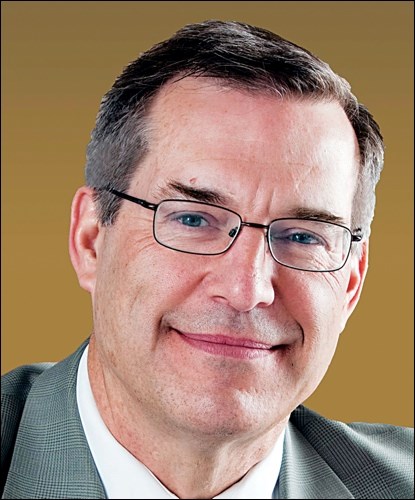At this time of the year, many economists like to issue their annual forecasts. Will 2015 be as rewarding – or challenging – as last year? The trouble is that forecasters as a group are notoriously wrong in their projections. Yet some assessment of future conditions is imperative. How, then, can money managers proceed as responsible asset stewards? At HAHN Investment Stewards we also forecast prospects for asset markets. However, we do this somewhat differently than may be the norm. We’d like to explain how.
As a starting point, we sweat the risks as well as opportunities. What is risk? It’s anything that can lead to a paralyzing decline in portfolio value or a diminution of future potential returns.
Risk scenarios
Viewing the prospects for 2015, therefore, we will want to identify the key risks. By definition, any such risk will not be certain to cause a consequence over any certain period of time. Nevertheless, it remains important to identify these risks against which to compare opportunities. Each quarter, the HAHN Investment Policy Committee defines and ponders a set of scenarios (sometimes as few as four and at other times, as high as eight), each of which appear to have a material probability of occurring.
We do not rely on any one scenario but rather seek to diversify portfolios against the dominant risk potential of these scenarios. Doing so helps us ensure that we avoid the mistakes. Doing that successfully alone ensures an attractive investment track record over time.
Identifying potentially significant events
Another methodical discipline that we carry out is the identification of what we call “significant events.” This helps ensure that we will be ready for the possibility of a change in a given scenario in advance. That may sound easy, but in practice it isn’t. The natural behavioural tendency is to avoid change and to assume that the status quo will continue. Such a disposition to financial markets will almost certainly lead to misjudgments and finally also to grudging changes that are much too late.
Four key risks in 2015
Viewing our scenario for 2015, there is as usual no shortage of risks to assess, many of these with worldwide implications. To illustrate, we list just four of such potentially momentous factors:
1. Oil price collapse: As seems to happen at least once every 10 to 15 years, oil prices have collapsed (falling some 50 per cent during 2014). While consumers may celebrate lower energy prices, it is also true that the global oil trade drives enormous fund flows. Consumer gains will be offset by the loss of demand for global financial assets. There are both positives and negatives.
2. Geopolitics unhinged: Viewed from the present, few observers ever believe that major geopolitical conflicts are likely. However, a review of history reveals that the signs of impending conflict were always evident at the time and were apparently ignored. Nevertheless, even though near-term predictions are unreliable, the potential impact upon financial markets is not small.
3. China continues to slow: Often forgotten is that the most remarkable “world demand shock” for building supplies occurred over the past few decades. The most populous nation in the world (with plus 1.3 billion people) boosted its consumption and world trade share by tens of times. In the process, this nation moved from a home ownership rate of nearly 0 per cent to over 70 per cent in the space of two decades. This one perspective alone suggests that resource commodity prices will be in the basement for some time to come.
4. New monetary policies: Many economists (some of these holding prestigious posts) are saying that government deficits no longer matter and that because sovereign nations with their own currency can never go bankrupt (because they can print fiat currency), the future of money looks bright. It is a new “make your own reality” orthodoxy that is clearly gaining centre court. But how will these play out in the end for investors?
It is these kinds of factors that are weighted as part of our scenario analysis. We will pursue our disciplines, methodically evaluating risks using the methods described above. We then maximize opportunities by exploiting the broadest spectrum of asset types and asset classes around the world, dynamically shifting asset exposures as we seek to buy risk when it’s cheap and sell risk when it’s expensive.
Courtesy Fundata Canada Inc. © 2015. Wilfred Hahn is Chairman and Co-CIO of HAHN Investment Stewards. This article is not intended as personalized investment advice.




